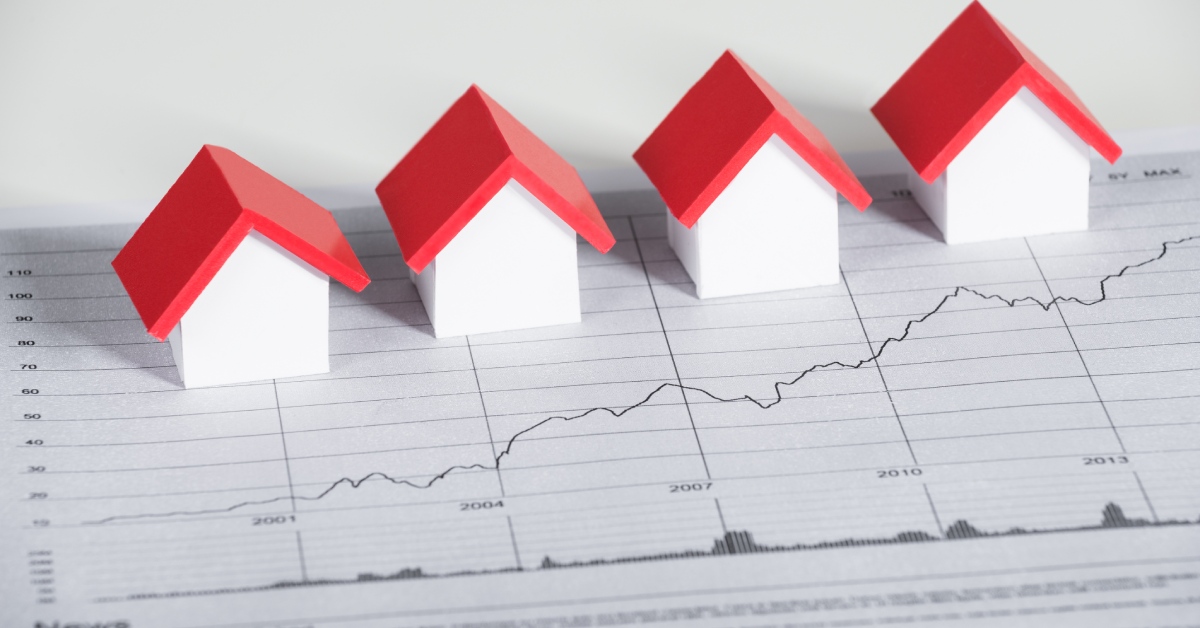Understanding Gross vs. Net Rental Yields

When evaluating rental property investments, understanding the difference between gross and net rental yields is crucial for making informed decisions. Many novice investors focus solely on gross yields, only to be surprised by the actual returns when all expenses are accounted for.
What is Gross Rental Yield?
Gross rental yield represents the annual rental income as a percentage of the property's purchase price or market value. It's calculated using the simple formula:
Gross Rental Yield = (Annual Rental Income / Property Price) × 100
For example, if a property costs $500,000 and generates $30,000 in annual rent, the gross yield would be 6%. While this provides a quick snapshot of potential returns, it doesn't account for any expenses associated with the property.
What is Net Rental Yield?
Net rental yield provides a more accurate picture by factoring in all operating expenses. The calculation is similar but subtracts expenses from the rental income:
Net Rental Yield = ((Annual Rental Income - Annual Expenses) / Property Price) × 100
Continuing with our previous example, if the $500,000 property has $10,000 in annual expenses (property management, maintenance, insurance, etc.), the net rental income would be $20,000, resulting in a 4% net yield.
Key Differences and Why They Matter
| Factor | Gross Yield | Net Yield |
|---|---|---|
| Calculation | Rent only | Rent minus expenses |
| Accuracy | Basic estimate | More precise |
| Usefulness | Quick comparison | Investment decision-making |
Common Expenses Affecting Net Yield
- Property management fees (typically 8-12% of rent)
- Maintenance and repairs (1-2% of property value annually)
- Insurance premiums
- Property taxes
- Vacancy costs (usually 5-10% of rent)
- Utilities (if not paid by tenant)
- Landlord licensing fees
- Advertising for tenants
Strategies to Improve Your Yields
Increasing Gross Yield
- Purchase properties below market value
- Add value through renovations
- Implement rent increases when justified
- Offer furnished rentals in high-demand areas
Improving Net Yield
- Reduce management fees through scale or negotiation
- Implement preventative maintenance programs
- Shop around for better insurance rates
- Minimize vacancies through tenant retention
While gross yield can help you quickly compare properties, net yield should be your primary metric for investment decisions. A property with a seemingly lower gross yield might actually offer better net returns after expenses are considered.
Pro Tip: Always calculate both yields when evaluating properties. A good rule of thumb is that net yields are typically 1.5-2.5% lower than gross yields, depending on the property type and location.
Understanding these metrics will help you make more informed investment decisions and avoid properties that look good on paper but perform poorly in reality. Remember that while yields are important, they're just one piece of the real estate investment puzzle—consider appreciation potential, tax benefits, and your overall investment strategy as well.





